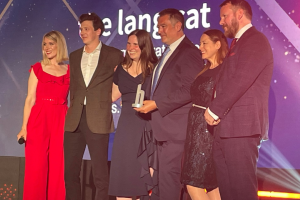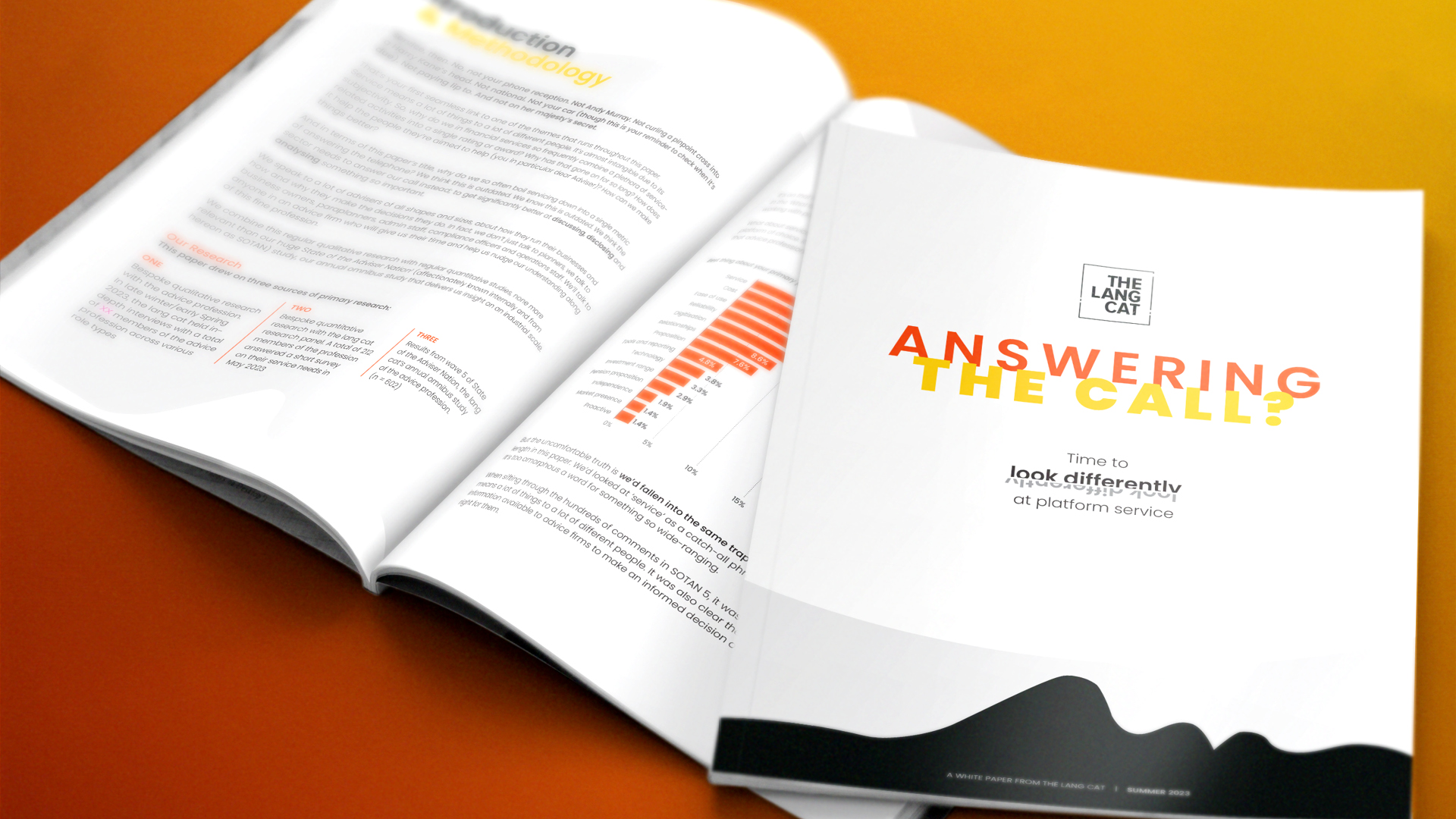It’s been an interesting week in robo-land 1. On Monday the latest set of accounts for Nutmeg were published. As has become the norm, alongside the frankly hilarious boast of ‘an 80% market share’ the rest of the numbers were brutal. £2.56m turnover, £11.9m operating expenses, and a loss of £9.3m (on top of the 8.9m loss posted in 2015). Ouch.
The hatchet jobs on these numbers have quickly sprung up, and whilst these articles do need to be read with some context of who the authors are and their own business models, there are an awful lot of awful truths being exposed. The start-up robo market is becoming increasingly saturated, and whilst funding is still reasonably accessible, the clients are not. Actual acquired customers (not folk who have given you their email address) are rarer than a pullet’s gnashers, and when they do invest the case sizes are small. Nutmeg’s results report £600m of AUA held by 25,000 clients, which to save you the mental arithmetic works out as an average case size of £24,000. For their fully managed portfolio this gives Nutmeg an annual income of £180pa. Ouch.
However, despite all of this, a robo/digital business is the must have fashion accessory over in platform and asset management land2. Schroders has a stake in Nutmeg (though it didn’t follow its money in the last funding round), Blackrock has the same with Scalable Capital, Allianz owns a chunk of Moneyfarm, Staberdeen has Parmenion, LV has Wealth Wizards, the list goes on. And this morning the latest acquisition was announced, with Aviva taking a majority stake in Wealthify.
We’re positive about this, which means we think it’s a good thing, not that we’re positive it’s happening. Actually, both of those things are true. Whatever, for both Wealthify and Aviva this feels like a good move. The Wealthify service, built on a combination of IRESS technology & Winterfloods custody works well (we hold a double secret account on Wealthify and it’s a worthy rival to all the others), and putting this in front of the large Aviva customer base via the MyAviva hub should increase the flows to a level that would have been impossible with just organic growth. Aviva gets a ready made proven technology solution, Wealthify gets access to a large customer base, everyone wins.
For other providers and asset managers the question is ‘so what?’ Should we participate in this market and launch a direct proposition ourselves and/or acquire our own shiny new robo? If your business case carries the assumption of an average case size of £24k this becomes a very difficult sell, and for many it’s a case of simply having this route to market in place almost as a hedge, just in case things actually start taking off in this channel.
Meanwhile, in Bristol, HL just carries on doing its thing, and its thing is dominating the direct online investment market. If anyone has an 80% market share, it’s our Bristolian friends. HL’s recent results reported £6.9bn of annual flows, with 70% coming from existing customers. Whilst it is still attracting new customers at a rate robos can only dream of, servicing its existing book and encouraging existing clients to consolidate additional assets onto HL is where it is really winning. Let’s be clear: these numbers are stunning.
The robo/direct battle doesn’t look to me to be one of customer acquisition any more. It will be won by the firms who service and retain their existing customers most effectively, and as a result technology, backed up by a big brand looks more and more like the winning model. Both parties need each other. The big organisations struggle to innovate at a speed or level that can be achieved in the start-up world, but they have the acquired customers. For a start-up you need funding for sure, but access to customers is arguably even more valuable. It’s a natural fit, and we expect more and more asset managers & providers to pick up their own shiny fashion accessory as a result.
1 – Second worst ever theme park
2 – Worst ever theme park





